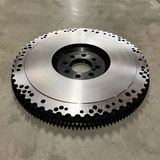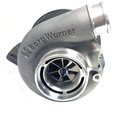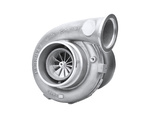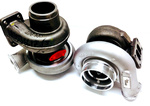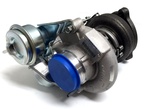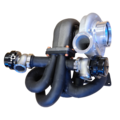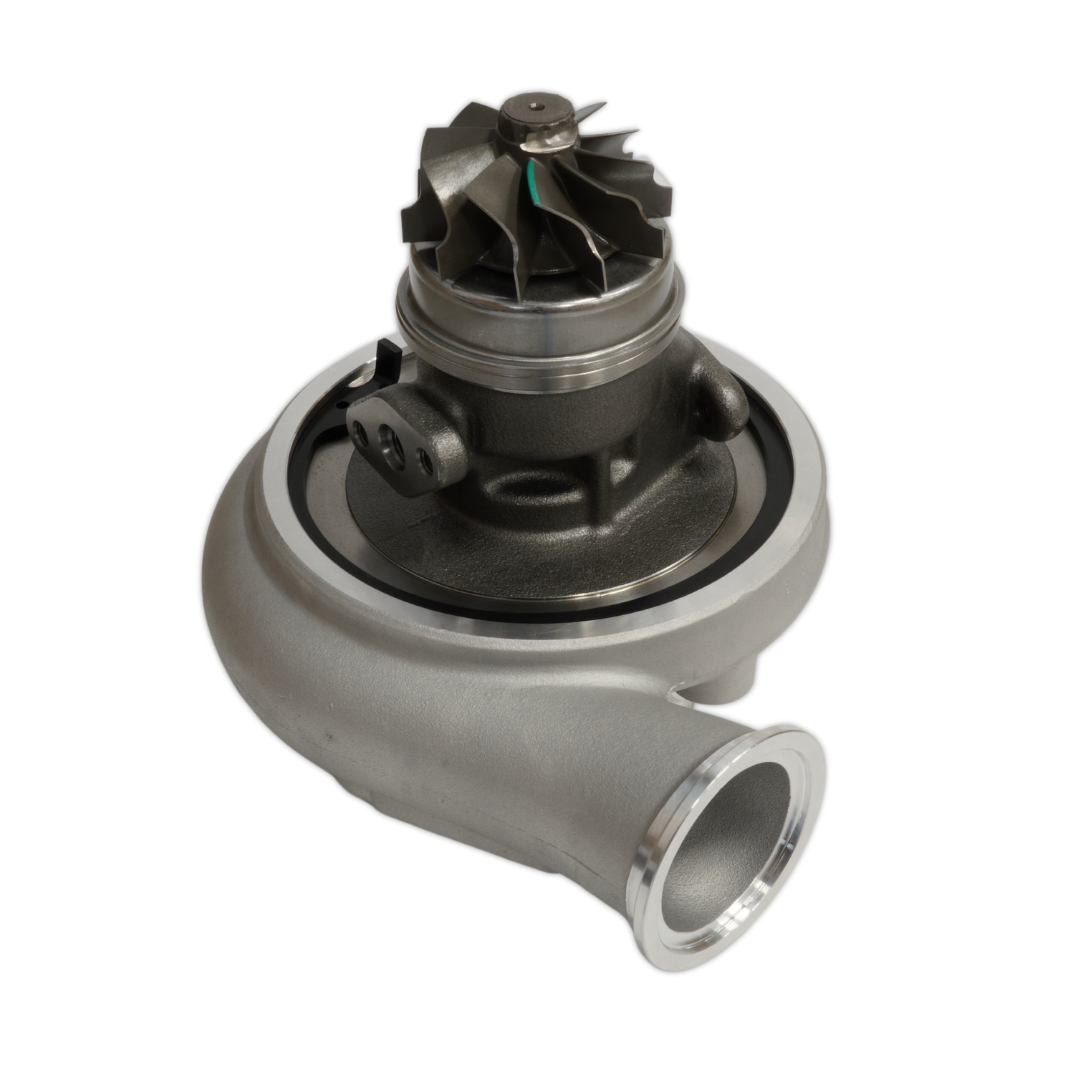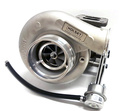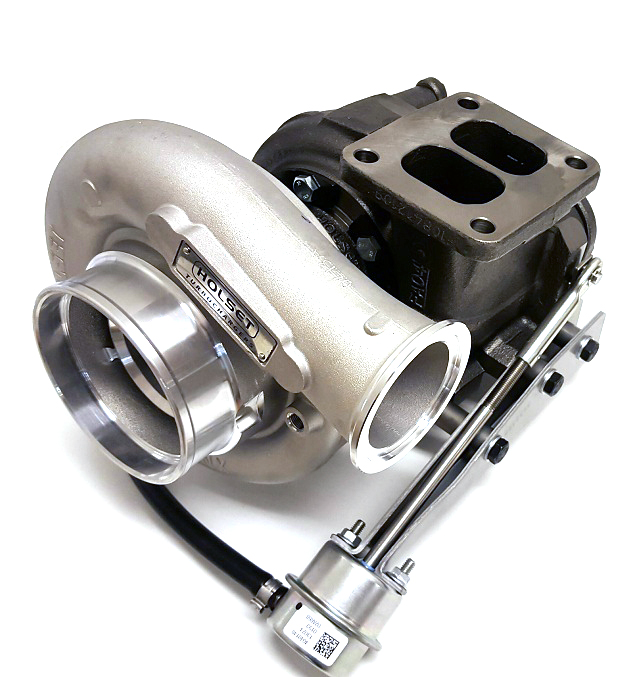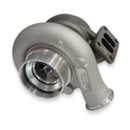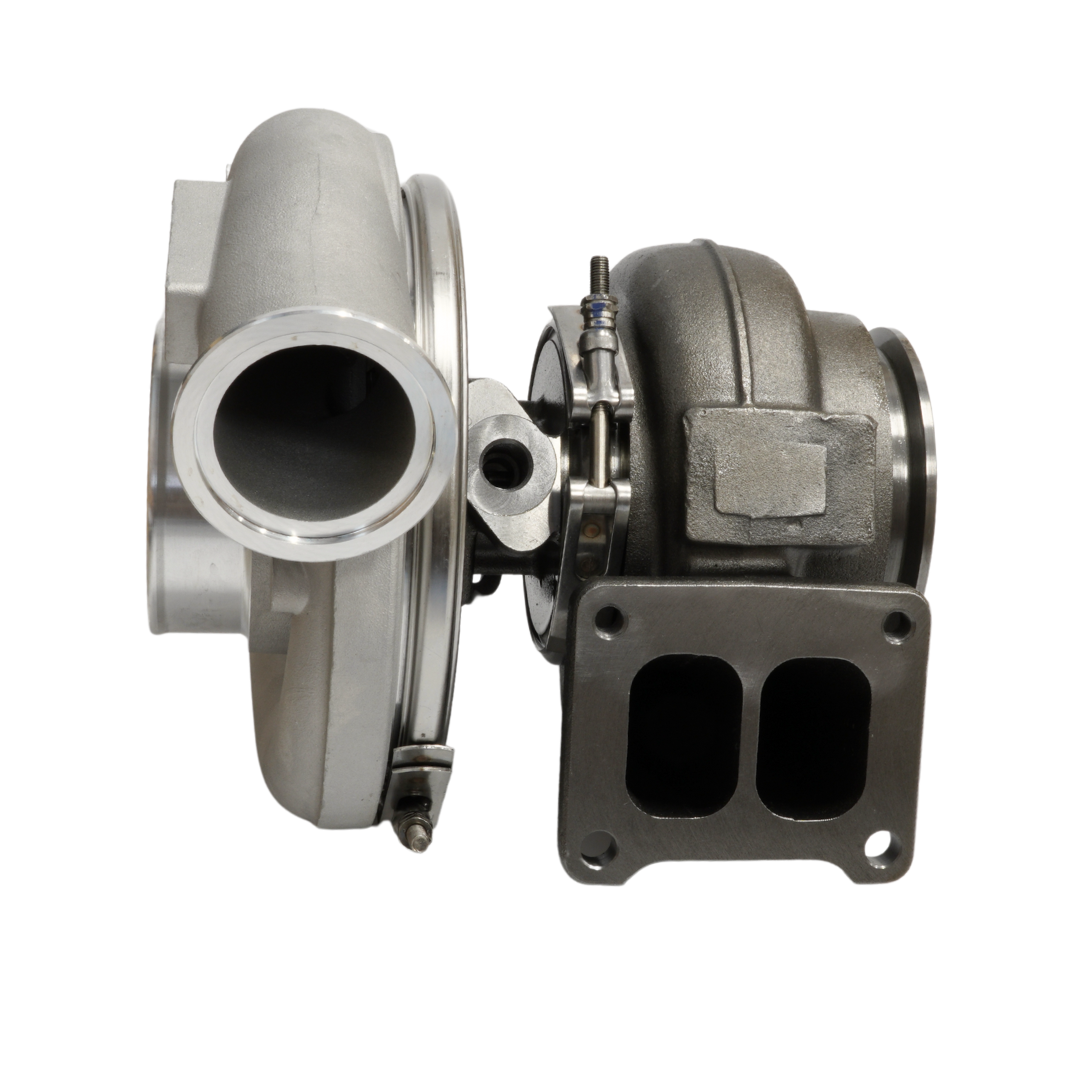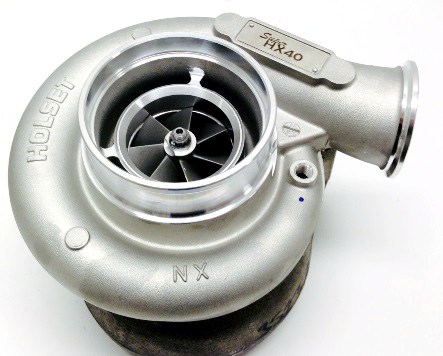Turbo
Choose the right Turbo
Find turbo by clicking on the categories Holset, Mitsubishi, Garrett, Borg warner or use the filters below to find the right turbocharger. Se what others use here.
Subcategories
Products
Hurricane Super 40 Competition (Supercore)
Billet milled compressor wheel - up to 750hp
In stock
Hurricane Super 40 Competition Turbo #14
Billet milled compressor wheel - up to 750hp
In stock
Hurricane Super 40 Competition Turbo #16
Billet milled compressor wheel - up to 750hp
In stock
Hurricane Super 40 Competition Turbo #18
Billet milled compressor wheel - up to 750hp
In stock
Hurricane Super 52 Competition Turbo #16
Billet compressor wheel - up to 900hp
In stock
Holset Super HX35 internal wastegate - Competition
Upgraded Super HX35 with billet compressor wheel
In stock
Holset Super HX40 - Competition
Upgraded Super HX40 with billet compressor wheel
In stock
Holset Super HX40 - Competition (Supercore)
Upgraded Super HX40 with billet compressor wheel
In stock
Hurricane 4849-550 A/R 0.72 Turbo
1,4-3,0L -550hp Street/Track/Drift/DragIn stock
Turbo, Turbocharger
The most common turbo problem:
The exhaust system emits blue smoke or oil.
The issue at hand is that oil accumulates in the turbo bearing housing at a faster rate than it can be drained. This excess oil then get pressed out into the exhaust manifold and pressure pipes.
Even after fixing the root cause and restoring the oil flow through the turbo, smoke may still persist in the exhaust system. This is because the old oil can continue to cause smok, even if the underlying problem has been resolved.
It's worth noting that only tiny amounts of oil are necessary for smok to occur.
---
Does the turbo fit my engine?
If it is not a model specific turbo then it will not fit without modification. However, it is common to use a universal turbo to increase the power.
Which turbo should I choose?
To find the right turbo, you must ask yourself what maximum power you should have (This is stated as engine power on petrol). Then engine volume and turbo size must be matched. Both maximum power and suitable engine volume are indicated on the turbocharger category. Sort by this when searching.
What size turbine housing should I choose?
There is no right answer as similar engines can flow different amount. A good guideline is to see what has worked well for others.
Can you use a Twin entry turbo on a single entry manifold?
Yes, you can use a turbo with twin-entry exhaust on a manifold that does not have twin entry. To make this combination as good as possible, the exhaust housing is dismantled from the stock part. The twin entry wall is then grinded like a shark fin to increase flow and decrease back pressure.
Why do you use twin entry turbos on single entry manifolds?
If you already have a twin-entry turbo and single-entry manifold and don't want to replace either of them.
Why use a single entry turbo on a twin entry manifold?
If you already have a single-entry turbo and twin-entry manifold and don't want to replace either of them.
Is there any power advantage to mixing single entry and twin entry?
No.
Do you lose a lot of power mixing single and twin entry?
It is not possible to say exactly without comparing both options on the same engine. Even then, many other factors come into play. People have been mixing for ages and still showing up with good results. As long as the rest of the engine/car is in good order, you can use a single/twin mixture and change at a later date as an "upgrade".
The turbo is new but pushing smoke!
This is because the turbo cannot evacuate the oil entering the turbo. Too much oil get into the turbo or the turbo can't evacuate the oil properly. It can also be a combination of both.
The turbo is new the shaft have much radial play?
If it is a journal bearing turbo, this is completely normal as there is not much oil in the bearings. This means a larger clearance between the axle and bearings, which causes more radial play.
I have fixed the oil return and oil supply but the turbo still push smoke?
It is difficult to remove exactly all old oil and dirt added up in the exhaust system, so it can smoke for a long time after adjusting the oil return and supply. This is where many people think there is something wrong with the turbo even if it is intact. You have to clean old oil properly and this is very time consuming.
Do the turbo internal gaskets break when a turbo pushes oil out of it?
In the vast majority of cases, the gaskets can manage this without broken gaskets.
Turbo wheels not spinning at idle?
If it is an original fitted turbo, it should spin at idle. If it is a larger aftermarket turbo, the engine's exhaust gas flow at idle can be so small in combination with a large turbine wheel that the exhaust gases simply pass the turbine wheel without making it move. This usually applies if you have a turbine wheel with few blades = large gap / big room for the exhaust gas.
Oil restrictor or not?
Ball-bearing turbo units must have oil restrictors
Journal bearing turbocharges must not have oil restrictors
Why use an oil restrictor on a ball bearing turbo?
A ball bearing turbo has the shaft mounted in ball bearings. These keep the shaft centered. The ball bearings just need a little oil for lubrication and cooling. A ball-bearing turbo that get fed to much oil cannot evacuate it and instead pushes oil towards the compressor and exhaust side.
Why not use an oil restrictor on a journal bearing turbo?
Unlike a ball bearing turbo, a journal bearing turbo must have oil pressure to work. The oil is used to center the shaft. Too little oil causes the turbo to break. Journal bearing turbochargers work just like bearings in an engine.
How big oil return should be used?
The oil return line must be at least the same size as the return hole (oil outlet) on the turbo unit.
Turbo Size
Bigger turbo = Reduced spool = Increased peak power
Smaller turbo = Increased spool = Decreased peak power
Compressor Size
Larger inducer / exducer = Increased peak power = Can handle more boost pressure = Reduced Spool
Smaller inducer / exducer = Reduced peak power = Handles less boost pressure = Fast spool
Billet Compressor wheel = Lighter = Increased spool = Sometimes different angle of blade for Increased top power / flow.
Turbine Size
Larger turbine exducer than compressor inducer = Reduced back pressure = Increased peak power
Smaller turbine exducer than compressor inducer = Increased back pressure = Reduced peak power
Number of turbine blades
More turbine blades = Increased spool = Increased back pressure = Reduced peak power
Fewer turbine blades = Reduced spool = Reduced back pressure = Increased peak power
Exhaust housing size
Larger turbine housing = Reduced spool = Power range moved up = Increased peak power
Smaller turbine housing = Increased spool = Power range moved down = Decreased peak power
Engine size
Smaller engine = Less exhaust flow = Reduced back pressure = Difficult to drive large turbine / compressor
Bigger engine = More exhaust flow = Increased back pressure = Easy to drive large turbine / compressor
Why are there four water channels on my turbo?
Some turbo units come from the OEM market and can then have four water channels. Only two are used and the other two are sometimes plugged. But you can then change and connect these as you wish. In/out matters less. You plug the two channels you don't use.

















